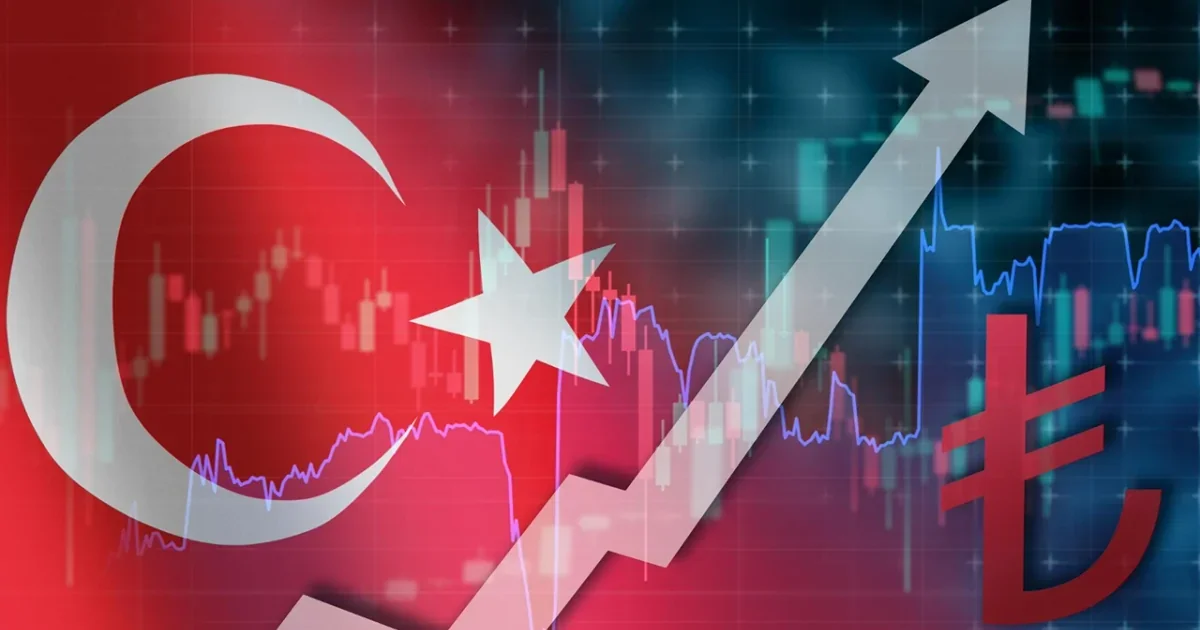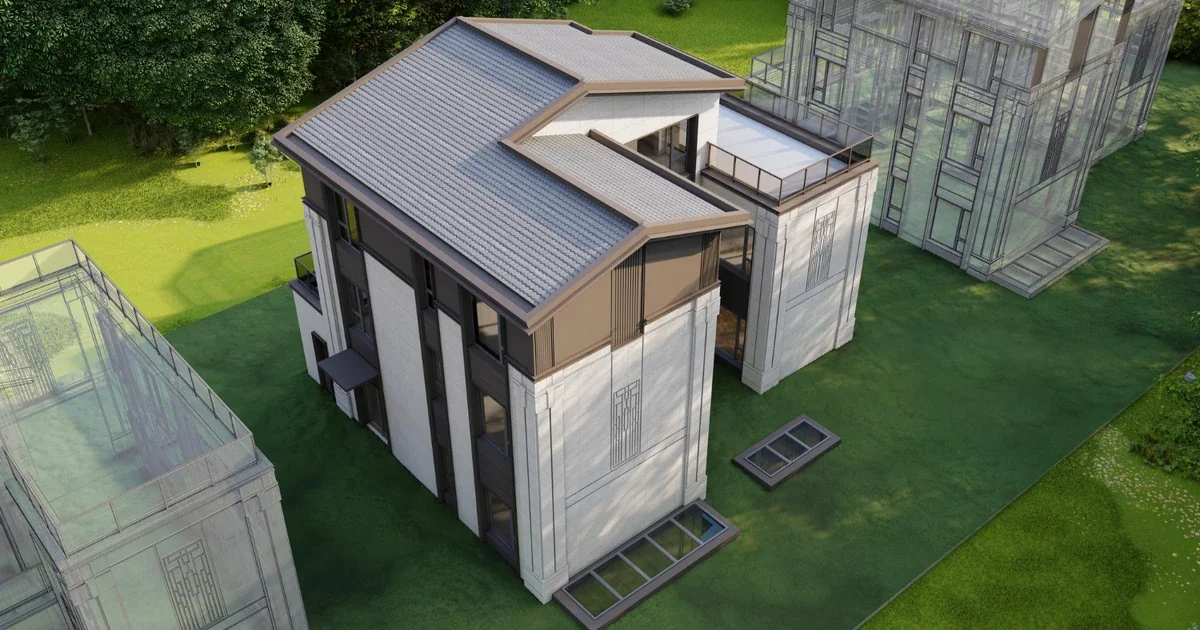Dubai Real Estate: 24 Projects Completed and AED 151B Residential Sales in H1 2025 – Will Rents Cool in H2?
August 11, 2025
The Dubai residential real estate market witnessed exceptional activity during the first half of 2025. Data from the Dubai Land Department indicates the completion of 24 real estate projects worth AED 4.5 billion and the launch of 726 projects under construction. A total of 90,337 new residential units were recorded within six months. Amid this momentum, 75,347 sales transactions for residential units worth AED 151 billion were completed, along with the sale of 7,167 villas for over AED 28 billion. This unprecedented growth raises an important question: Will the delivery of these units help cool rental prices in the second half of the year?
Land Department Report: Record Achievements and Sales
The official report from the Land Department shows that the completion of 24 projects is part of an ongoing growth trajectory, reflecting the diversity of investment opportunities in Dubai. In addition to completed projects, there are 726 projects under development, signaling continued appetite from investors and developers. Activities during the first half included:
- 90,337 newly registered units, reflecting developers’ response to growing demand for ready and sustainable units.
- 75,347 sales transactions worth AED 151 billion, underscoring strong investor confidence in the market.
- 7,167 villas sold for AED 28 billion, indicating a shift in buyer preferences toward standalone homes and integrated communities.
- 465,738 lease contracts registered in the first half of 2025, up slightly from the previous year, with a total value of around AED 42 billion.
These figures confirm the market’s strength and that demand for purchases still outpaces the shift to renting. However, the question remains whether the scale of supply will soon affect prices.
New Supply: 20,000 Units and Upcoming Deliveries
The abundance is not limited to completed projects. Betterhomes’ report for H2 2025 shows that over 20,000 new residential units were delivered in H1, with an additional 70,000 units expected by year-end. More than 200,000 units are in the pipeline through 2027. The most active delivery areas include:
- Jumeirah Village Circle (JVC), accounting for 20% of units delivered
- Sobha Hartland, with 11%
- Mohammed Bin Rashid City (MBR City), with around 8%
Data shows that supply is concentrated in specific areas with new infrastructure and growing populations. The report adds that average property prices reached AED 1,582 per square foot, up 6% compared to H2 2024. Delivering this scale of units could potentially slow rental growth in some neighborhoods, particularly in central and emerging areas.
Slowing Rental Growth: A Sign of Stabilization?
While market values have risen, Pangea Dubai’s data shows rental growth slowing, with the annual rental growth rate dropping to 8.5% in May 2025 from 14.3% in January. The report attributes this slowdown to increased supply and a market trend toward balance between supply and demand.
The report also notes that Dubai is preparing for its largest wave of deliveries in a decade, with around 90,000 units expected in 2025 and 120,000 in 2026. With the housing stock surpassing one million units by 2026, some areas will face price pressure, leading to greater flexibility, particularly in neighborhoods with a high concentration of deliveries. This supports forecasts for rental growth to slow or stabilize in H2, especially in areas with substantial completions.
You may also be interested in: How to Obtain UAE Residency via Property Ownership?
Most Active Neighborhoods and Their Impact on Rentals
A Day of Dubai report confirms that the three areas mentioned (JVC, Sobha Hartland, MBR City) benefited the most from deliveries in H1. These locations offer a variety of options, from affordable apartments to luxury villas, prompting some residents to move from central areas to the new suburbs.
Pangea data shows demand remains strong in luxury areas such as Palm Jumeirah and Dubai Hills, where apartment prices rose 15–20% year-on-year. In contrast, mid-market areas are seeing increasing stability due to unit deliveries and moderated prices. This divergence means rentals may continue to rise in luxury communities with limited supply, while stabilizing or declining in areas with large-scale deliveries.
H2 2025 Outlook: Possible Scenarios
Based on current data, the following scenarios can be projected for H2:
- Continued stability in mid-market areas: With tens of thousands of units delivered in JVC, Sobha Hartland, and MBR City, rents in these areas are expected to remain under downward pressure or stable at current levels.
- Limited impact on luxury neighborhoods: Despite the overall rental growth slowdown, luxury communities—such as Palm Jumeirah and Dubai Hills—will continue to be supported by international demand and a preference for high-end living, maintaining moderate price growth.
- Increased developer competition: The rise in supply may prompt developers to offer flexible payment plans and incentives such as post-handover payment schemes, expanding buyer options and attracting more tenants to shift toward ownership.
- Growth in institutional investment: Pangea notes rising institutional investor interest due to Dubai’s safe and transparent environment, keeping the market active even with abundant supply.
Toward a More Balanced Market
In conclusion, given the record-breaking figures for H1 2025, it is clear that Dubai continues to cement its position as a global real estate investment hub. The completion of 24 projects, AED 151 billion in residential sales, over 20,000 units delivered, and preparations to deliver tens of thousands more indicate a new phase of balance between supply and demand. With rental growth slowing to 8.5% in May and plans for 90,000 unit deliveries in 2025, there are real prospects for price moderation in certain sectors.
However, rentals in luxury areas will remain supported by global demand, and developer and investor strategies will continue to play a crucial role in shaping the market’s trajectory. Continuous monitoring of deliveries, population data, and neighborhood differences is essential for any investor or tenant aiming to capitalize on the next market cycle.
Read also:
Keywords
What is your budget?
Recommended Articles

December 15, 2025
How to Choose the Right Property in the UAE? 2026 Investor Guide
How to choose the right property in the UAE for 2026. A comprehensive guide covering best areas, ROI calculation, and off-plan buying risks.

November 13, 2025
Turkey’s 2025 Economic Program: How Will It Affect Inflation, the Lira, and the Real Estate Market?
The new Turkish economic program: what it means for investors and how it will impact inflation, the lira, and real-estate investment opportunities in Turkey.

July 8, 2025
Modular vs. Traditional Construction: Speed, Cost, and Durability
A comparison of modular and traditional construction in terms of execution speed, project costs, and durability—essential insights for real‑estate investors.
